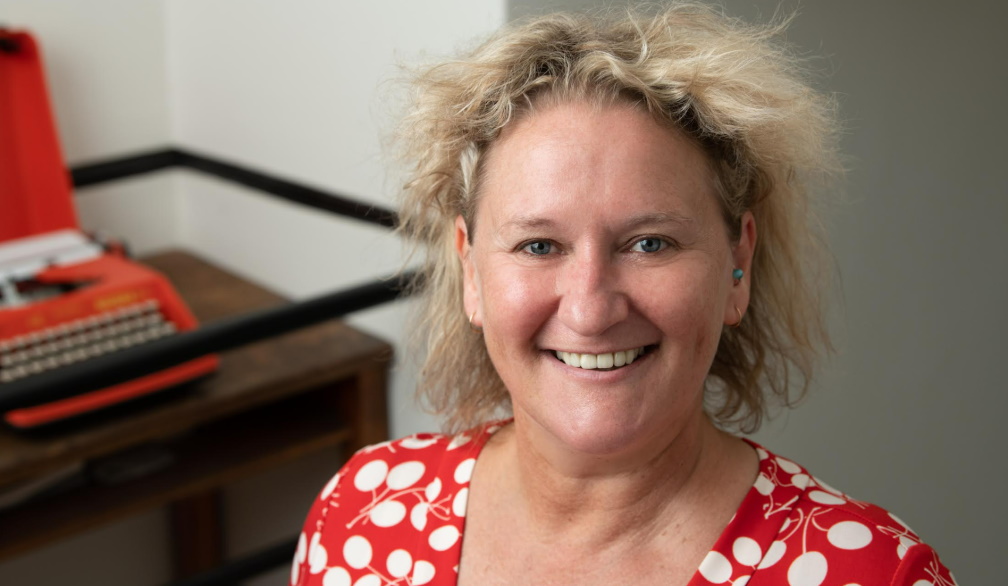Women more likely to live in poverty in retirement than men

The inequality in superannuation balances as well as the entrenched gender pay gap means more women than men are likely to spend their retirement in poverty, according to government research.
Research from the Workplace Gender Equality Agency (WGEA) shows that more elderly women than men are living in poverty in Australia and are also more likely to re-enter the workforce following retirement, often due to financial constraints.
The research also shows that women are twice as likely as men to sell their house and move to lower-cost accommodation because of tight financial circumstances in retirement.
Author of The Female Investor – Creating Wealth, Security & Freedom Through Property, Nicola McDougall, said WGEA research continues to highlight the inequitable financial outcomes between genders in Australia.
“Many women are worried about their lack of superannuation and about having to work until they are 80 instead of retiring. In fact, many women are forced to re-enter the workforce in their twilight years because they simply can’t afford to live without doing so,” Ms McDougall said.
“About one in three Australian women retire with no super. Plus, women who do manage to save, may still wind up with less than half the retirement funds of their male counterparts.
“About 70 per cent of women also rely on the pension to financially survive in retirement – even though the superannuation scheme has been in place for decades now but it was not designed to accommodate women who leave the workforce to care for children, often during what would have been their peak income-earning years.”
Ms McDougall – who is also the Chair of the Property Investment Professionals of Australia – said one of the reasons for the imbalance in financial outcomes between genders is because the current superannuation framework does not account for common female experiences in the workplace.“WGEA research shows that women have lower lifetime earnings and are more likely to work part-time, or in more casual forms of employment, as well as to take time out of the workforce for unpaid caring responsibilities. All of these factors affect a woman’s ability to save retirement savings,” Ms McDougall said.
“Likewise, the gender pay gap exists with women on average earning 77 per cent of men’s earnings, while women are much more likely to earn under $60,000 per year than men.”
In fact, according to the WGEA Australian Gender Equality Scorecard men are twice as likely to be highly paid than women:
- Men are twice as likely as women to be in the top earnings quartile, earning $120,000 and above, while women are 50 per cent more likely than men to be in the bottom quartile, earning $60,000 and less
- Over 85 per cent of Australian employers still pay men more than women on average · Women were earning, on average, about 77 per cent of men's earnings in 2021.
Further WGEA research shows that the gender pay gap is at its widest for women aged between 35 to 54 years of age – with the peak gap occurring for women in their mid-40s.
“The gender pay gap starts to widen significantly when women are about 35, according to the research, because this is the decade when they are most likely to be out of the workforce caring for children,” Ms McDougall said.
“However, even when they return to work, the pay gap continues because their time out of the workforce means they have missed out on vital career promotions and progression and are therefore less likely to hold highly paid jobs than men.
“It’s important to recognise that this stage of life is also the most common age for divorce in this country, too, which adds further financial pressures on women in the lead-up to retirement.”










